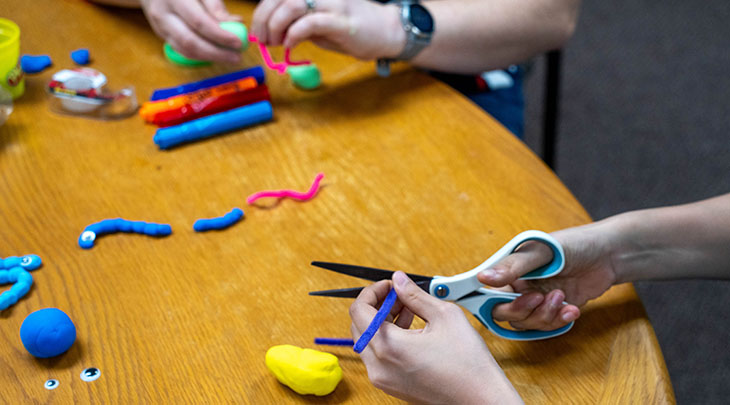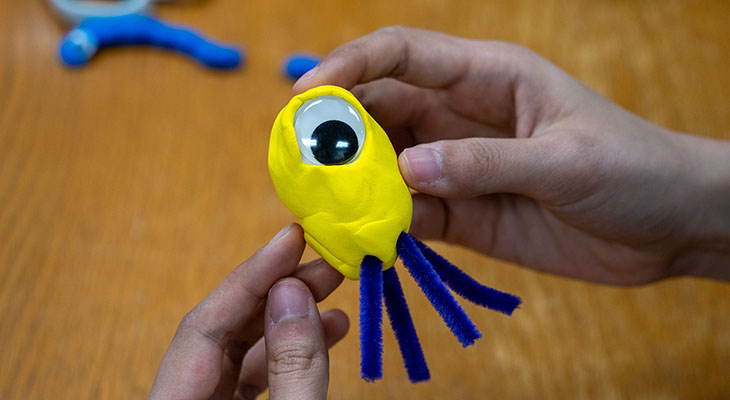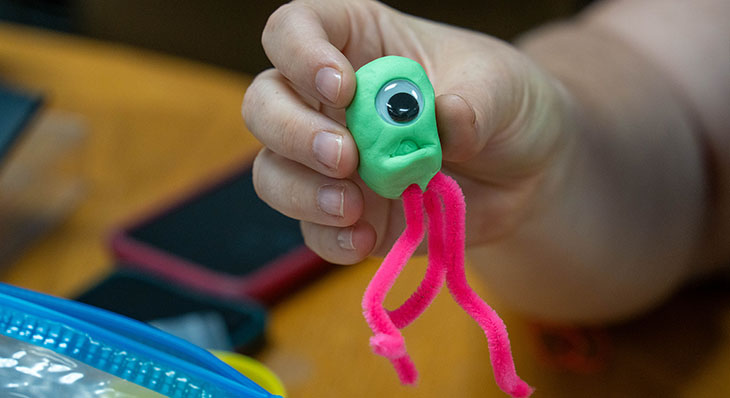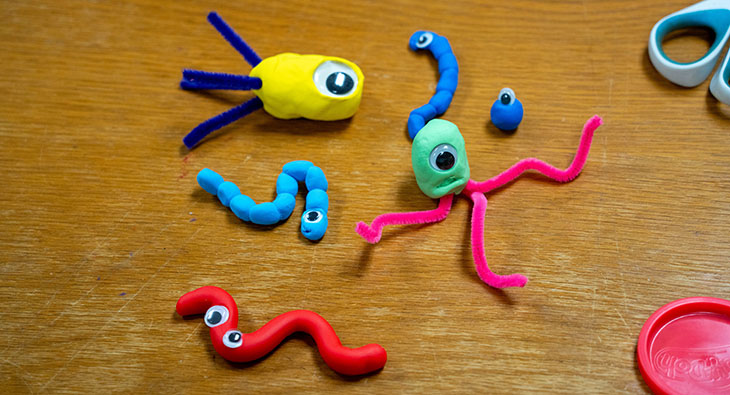Bacteria – yuck, right? Well—yes and no.
We often think of these single-celled organisms as disgusting, disease-causing plagues in our lives. And, yes, they are behind bubonic plague, cholera, tuberculosis, and leprosy, among other dangerous infections. But bacteria are also vital to the planet's ecosystems and to human health.
Relatively few bacteria cause disease. Most are harmless, and many are essential.
As an example, in our guts, bacteria allow us to digest foods and absorb nutrients that otherwise would be unavailable.
Bacteria also play a key role in breaking down and recycling waste from animals and plants. This decomposition releases key chemicals back into the environment to sustain life.
MagLab researchers are uncovering new information on predatory bacteria, which prey on other bacteria. It’s believed they play an unappreciated role in the carbon cycle that keeps our oceans healthy and could potentially be used to treat pathogens such as E. Coli and Salmonella.

Escherichia Coli
Image: National Human Genome Research Institute, National Institutes of Health, recreated by John Childs
Bacteria cells are extremely tiny, only a few millionths of a meter long. They are about a hundred times smaller than your average human cell. The tiny organisms come in various shapes such as spheres, rods, and spirals.
The basic structure includes an outer capsule made of sugars that helps bacteria cling to its environment. The capsule is covered with short, hair-like structures called pilli. Many bacteria also have long tails called flagella. Inside the capsule is a rigid, protective layer called the cell wall, and then the more permeable cell membrane, which contains cytoplasm, a gelatinous liquid that fills the cell and contains the bacteria’s DNA.
Bacteria reproduce by duplicating that genetic material, growing larger, then dividing in half in what’s called binary fission. Bacteria cells generally have no nucleus and lack many of the more complex subcellular structures found in other cells and micro-organisms.

Shapes of Bacteria
Source: National Institutes of Health, enlarged by John Childs
What you’ll need:
- Air-dry clay like Crayola’s Model Magic or Play-Doh, in various colors.
- Googly eyes
- Pipe cleaners
- Any other creative items to decorate your bacteria
What you'll do:
1. Think of what you’d like to make. We have a few examples here of the many shapes and sizes of bacteria.

2. Grab a piece of clay, googly eyes, pipe cleaners, and other items.
3. Shape the clay to form your bacteria.

4. Add the eyes, pipe cleaners and other items.

5. Be creative and have fun!

Did you know?
- It’s believed bacteria were the first living thing on Earth, dating back 3 billion years.
- There are more bacteria in your mouth than there are people on earth!